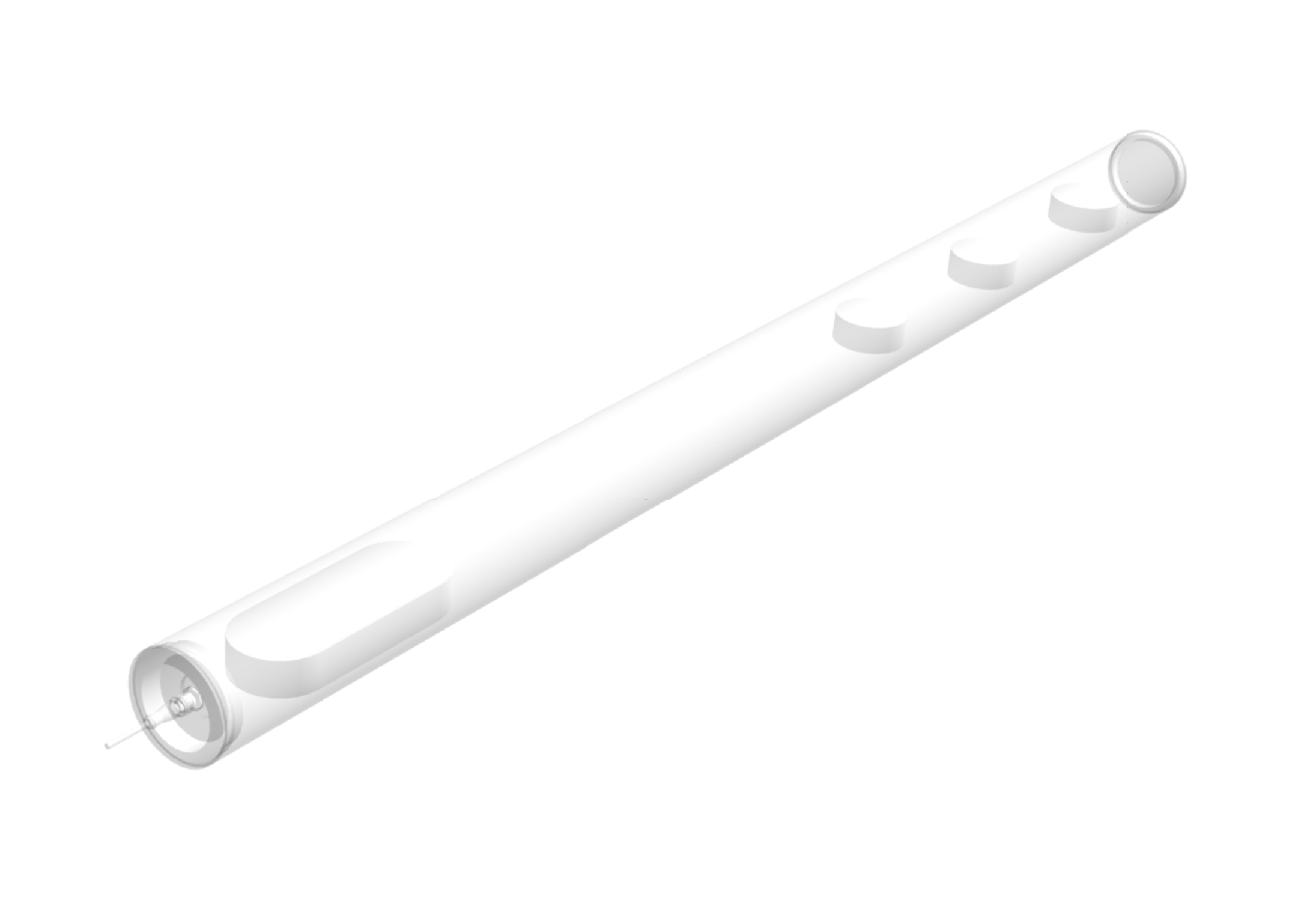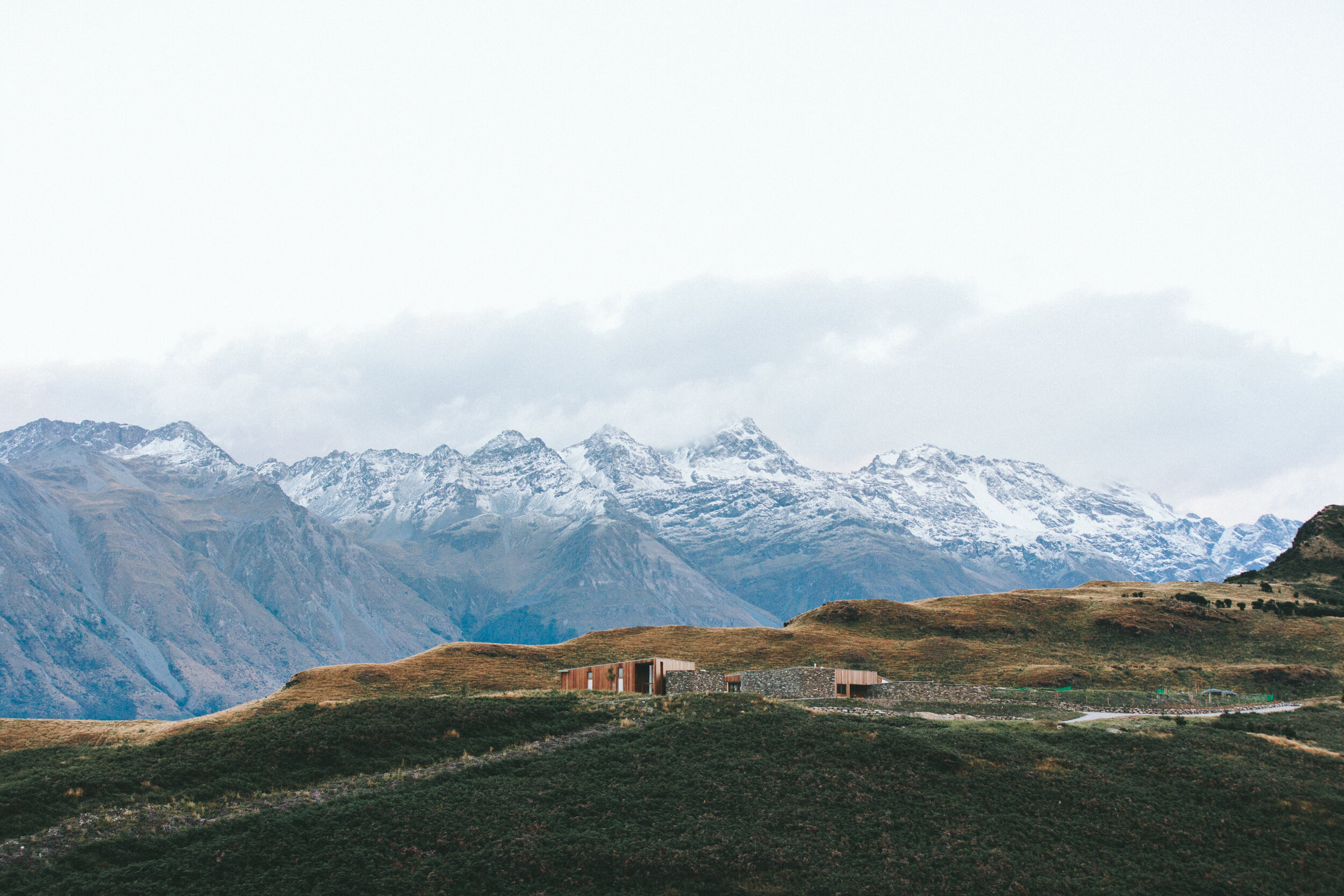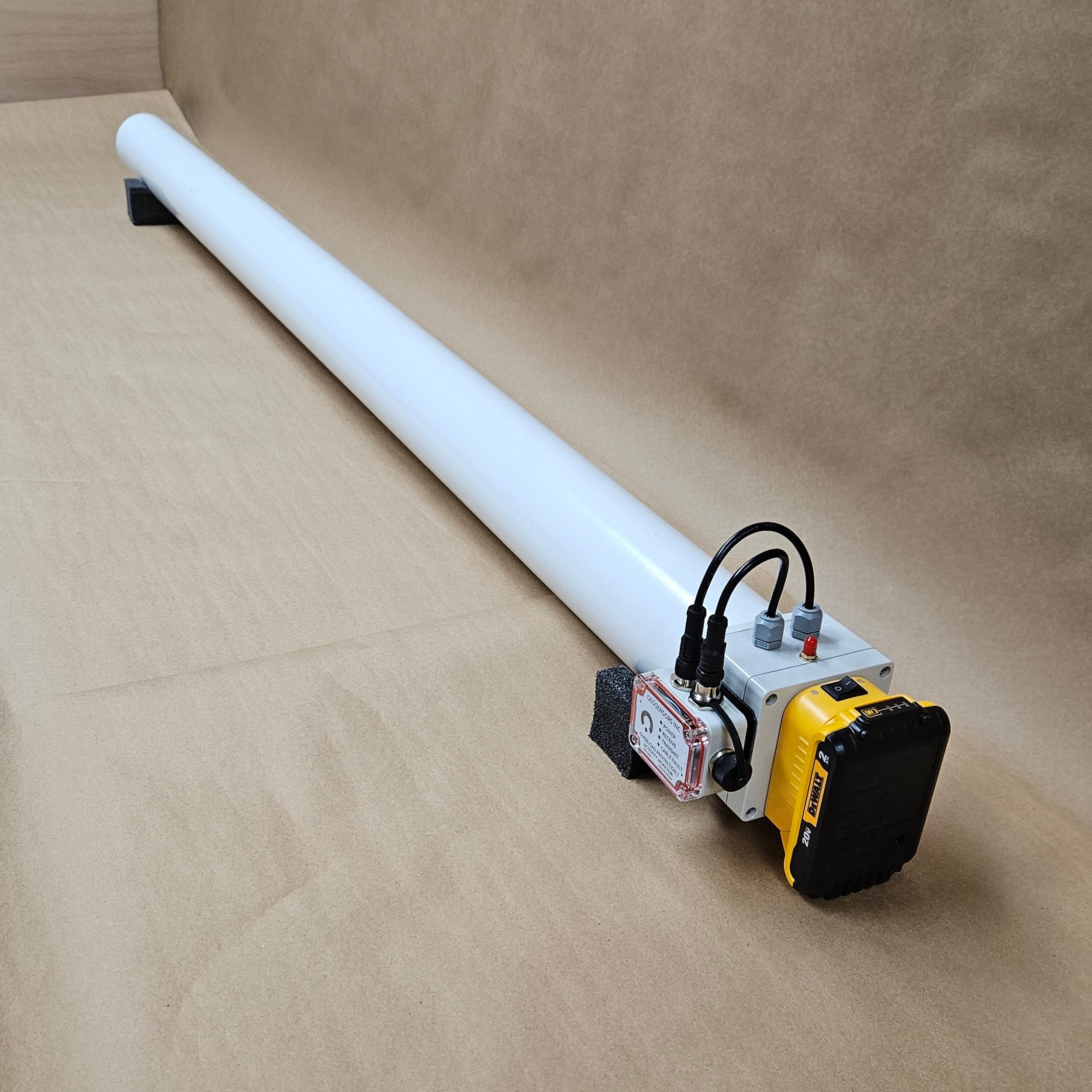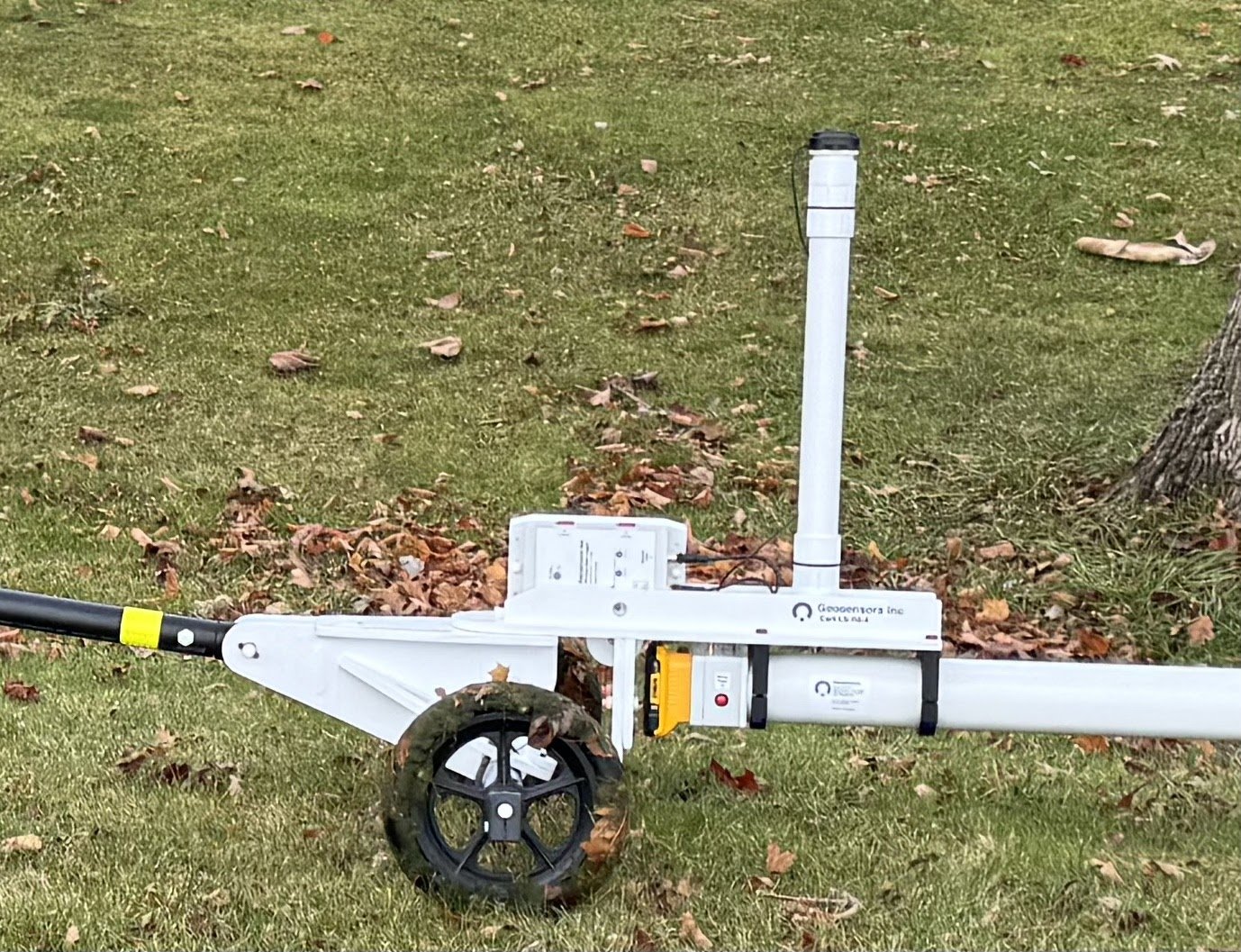
R-Series
Electromagnetic Conductivity Sensors
R-Series: Rugged, reliable sensors
-

Sensor Geometry
The R-Series all-coplanar transmitter-receiver arrangement yields excellent apparent conductivity and inphase performance while permitting operation in horizontal coplanar and vertical coplanar sensor orientations. R-Series systems are available in a wide range of sizes and transmitter/receiver separations, from 50cm (20 inches) in many models to 8m (26 feet) in our largest sensors, with corresponding depth of exploration ranges from 37cm (15 inches) to 12m (39 feet).
-

Quantitative Results
Over 25 years of development, we have refined our GCM sensor technology to provide excellent phase and amplitude accuracy and maximise temperature stability, using factory-set zero levels. Our goal is to provide best-in-class accuracy, stability and noise performance, so that from day to day, year to year, and from instrument to instrument you can trust and compare your R-Series datasets.
-

Applications
R-Series sensors are built for a wide range of use cases. Our R3, R4 and RF agricultural sensors are in use around the world for mapping a range of root zone depths while monitoring deeper structures for moisture, salinity or geological features. The R6 offers a preferred configuration for archaeological surveying, as it can detect features of interest over a wide depth range. For deeper investigations, the R6-4 is in use for a wide range of geological and geotechnical applications. The R6-8 extends the maximum depth of investigation to as much as 12 metres. All R-Series sensors can be configured for operation in multi-sensor arrays in order to broaden the survey swath.
Sensors for Agricultural Applications
We offer three options to fit your budget and use case. The R3 is a cost effective sensor for mapping ECa in the shallow to middle depth range using three transmitter-receiver separations. If you need more shallow depth resolution, the R4 adds a shorter 0.5m receiver separation to the R3 receiver array. And if your focus is on deeper features, or if you need to mount the sensor farther above the surface, the RF sensor also provides four separations, each 0.2m longer than the corresponding channels of the R4. This allows the RF to be towed on a taller cart or sled, or it can be installed on a fixed mount attached to a tractor or other motorised vehicle.
Archaeology
R6 sensors are currently in use in North America and Europe for archaeological surveying. With six depths of exploration between 0.75m and 3m (HCP mode) and 0.38m and 1.5m (VCP mode), these sensors provide excellent depth resolution. To increase the survey swath, customers have built arrays of these sensors, reducing the required density of survey lines while maintaining lateral sensitivity to the locations of shallow features. The R6 sensor’s excellent inphase stability yields impressive quality in apparent magnetic susceptibility maps.
Geotechnical
Designed for shallow geological and geotechnical work, the R6-4 can investigate to 6m. It is small enough to be easily manoeuvred on its cart, and is readily hand carried. When maximum depth of exploration is needed the R6-8 is the sensor of choice, with a depth of exploration extending to 12m.







